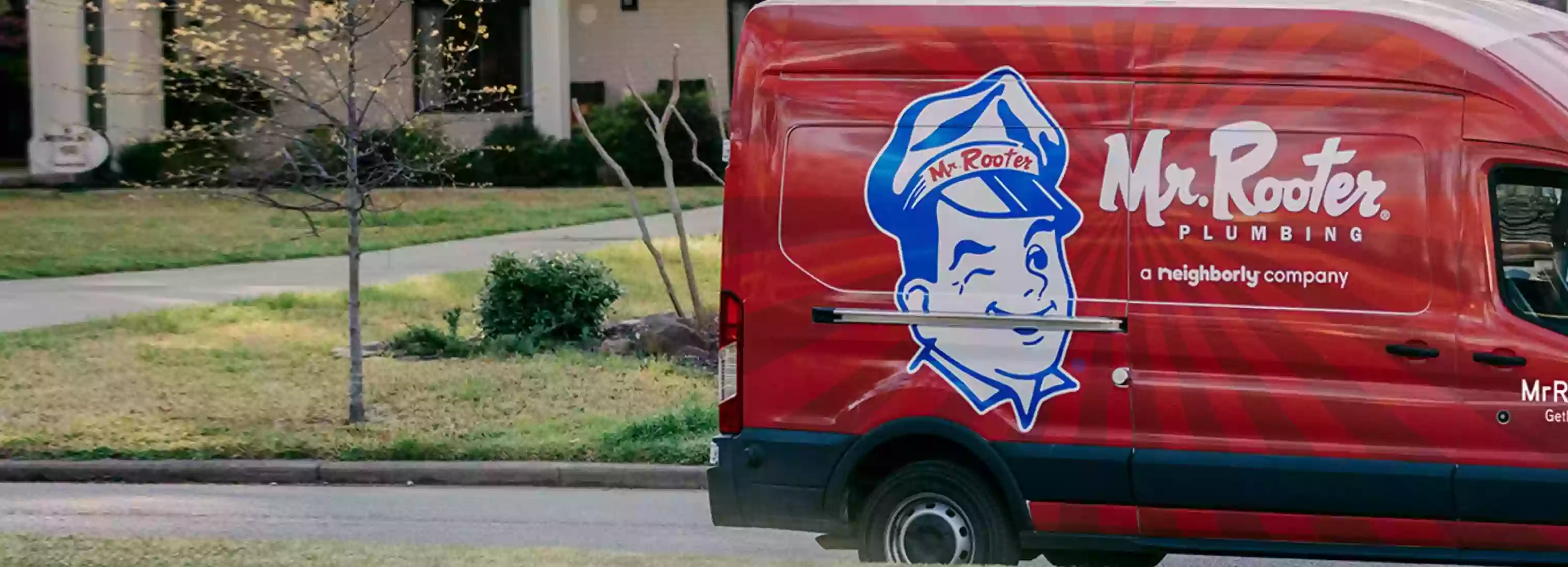No Dig Plumbing Repairs That Can Save Your Property
When your drains won't work the way they're intended to, and you make the call to the plumber, you often don't think about what repairs to your interior drains might require outside of your home. Many plumbers have not invested in the latest types of plumbing equipment that can protect the exterior aspects of your home's environment, particularly your lawn and any other above-ground amenities.
Plumbers who know that your home is much more to you than just your drains and water lines, but also the entire house, and the outside area of your property, as well, will have invested in the equipment that can make their visit with you and your home as pleasant as possible. When a task requires repair work to take place outside, in your yard, or below your driveway, garden, or other structure, not having to dig these up can make any service call much less stressful, and a lot less costly, than it might otherwise turn out to be.
Even in areas that have nothing but grass, this can be a major hardship, especially for those families with young children. Digging up a sewer line can expose the surrounding lawn to sewage, and place the family's members' health at risk. There are ways that can prevent this from having to happen this way, though. Trenchless methods have been used for several years now to replace broken, sunken, sagging, and collapsed sewer lines. Now, these no-dig methods can be used in almost any situation in that traditional dig and excavate methods would have otherwise been used.
Pipe bursting is a method that uses little digging, in two small areas, one at each of the two ends of the pipe to be replaced. Instead of excavating the broken pipe, the pipe is instead broken up into pieces by a pipe burster that is lead through from one point to the other end of the pipe. The pipe burster also carries with it the replacement pipe that is then joined and sealed at both ends.
Cured-in-place piping, or CIPP Sewer Line Repair, can be used in situations the replacement of pipes with the bursting method can't be done because of the space-limited availability of a location at both ends of the pipe that can be dug. After clearing the line completely of debris, clogs, hair, roots, and sediment, a coated liner is sent through the pipes. As it is sent through, it inverts itself, coating the interior of the pipe being repaired, and adhering itself to the interior walls. The adhesive contains a root inhibitor that will prevent any roots from coming near the pipe again. Its smooth interior will keep any debris from finding a location to become attached to and this results in a great reduction in clogs over the lifetime of the liner. Liners like this are generally guaranteed for fifty years.
Pipes that have been newly laid during new construction or just after pipe bursting can also be lined before, or even after, installation. If so, then the installation of a liner will be much the same as the CIPP method above. Because these methods don't require extensive digging and excavation, they are much less likely to cause problems on your property. With older methods of repair through dig and excavate measures, anything above ground was either destroyed or required moving to another location. Those methods, at times, also required traffic to be redirected through a detour, and the replacement of city sidewalks, greatly increasing the cost involved.
 Click to call
Click to call


